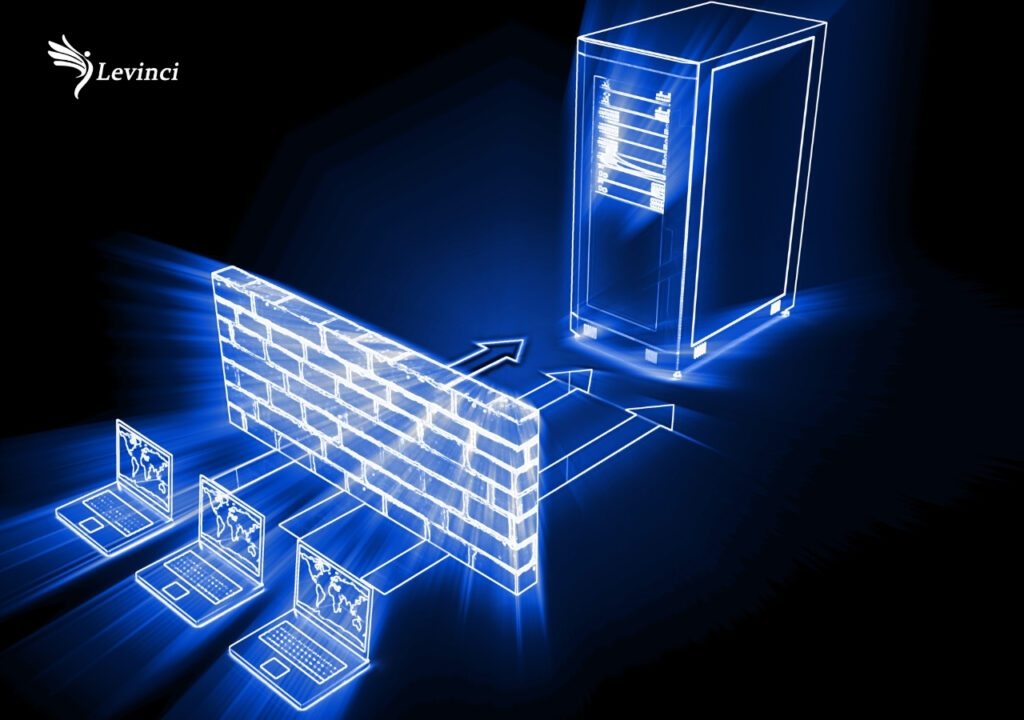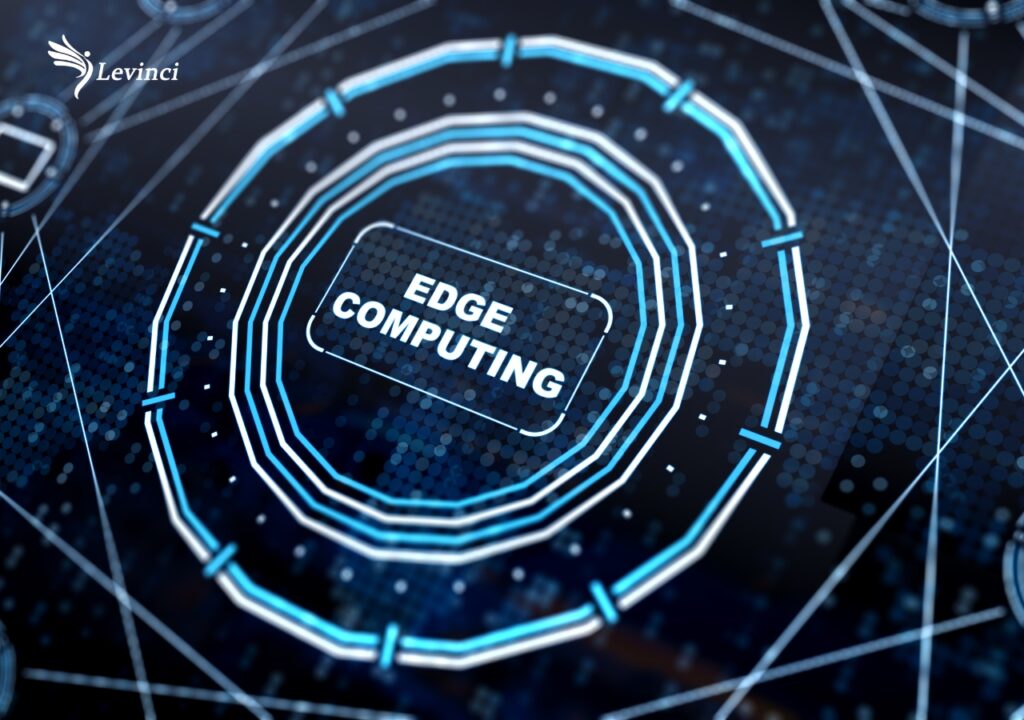As the proliferation of IoT devices, 5G networks, and real-time applications accelerates, software architects face new challenges and opportunities in designing distributed, scalable, and secure systems. This relentless push is stretching the limits of traditional, centralized cloud computing, making way for a revolutionary shift: Edge Computing. No longer just a buzzword, edge computing is fundamentally reshaping how we think about, design, and deploy software.
What is Edge Computing?
Edge computing is a distributed computing paradigm that brings data processing and storage closer to the sources of data generation, such as IoT devices, sensors, mobile phones, or local edge servers. Unlike traditional cloud computing, which relies on centralized data centers often located far from end-users, edge computing decentralizes processing tasks to reduce the distance that data must travel. This proximity enables faster response times, lower latency, and more efficient use of network bandwidth.
At its core, edge computing shifts computation, analytics, and decision-making from remote cloud servers to the “edge” of the network, closer to where data is created and consumed. This approach is especially important for applications that require real-time or near-real-time processing, such as autonomous vehicles, industrial automation, augmented reality, and healthcare monitoring. By processing data locally or near the source, edge computing minimizes delays that occur when data travels back and forth to distant cloud servers, thereby improving performance and user experience.
Edge computing also addresses critical concerns around data privacy and security. Since sensitive information can be processed locally rather than being transmitted to centralized servers, it reduces exposure to cyber threats and helps comply with data sovereignty regulations. Additionally, by filtering and aggregating data at the edge, only relevant or summarized information is sent to the cloud, which optimizes network efficiency and reduces costs.

Edge computing is a distributed computing paradigm that brings data processing
Drivers behind the rise of Edge Computing
The rapid adoption of edge computing is fueled by several key technological and business drivers that reflect the evolving needs of modern digital ecosystems. One of the primary catalysts is the explosive growth of Internet of Things (IoT) devices.
As billions of sensors, smart gadgets, and connected machines generate massive volumes of data continuously, sending all this information to centralized cloud data centers for processing becomes impractical due to bandwidth constraints and latency issues. Edge computing enables processing data locally, closer to these devices, allowing for faster decision-making and reducing the burden on network infrastructure.
Low latency requirements represent another critical driver. Applications such as autonomous vehicles, real-time video analytics, augmented reality (AR), and industrial automation demand near-instantaneous processing and response times. Traditional cloud architectures, where data must travel to distant servers, introduce delays that can be unacceptable or even dangerous in these contexts. By shifting computation to the network edge, edge computing significantly reduces latency, enabling more reliable and time-sensitive operations.

The rapid adoption of edge computing is fueled by several key technological
Bandwidth limitations and cost efficiency also contribute to edge computing’s rise. Transmitting vast amounts of raw data to the cloud consumes significant network resources and can incur high costs. Edge computing helps by filtering, aggregating, or pre-processing data locally, sending only necessary information to central servers. This approach optimizes bandwidth usage and lowers operational expenses, making it especially valuable for organizations with large-scale IoT deployments.
Data privacy and regulatory compliance have become increasingly important drivers as well. Many industries, such as healthcare, finance, and manufacturing, must adhere to strict data sovereignty laws that restrict where data can be stored and processed. Edge computing allows sensitive data to remain on-premises or within specific geographic boundaries, helping organizations meet compliance requirements while still leveraging advanced analytics and AI capabilities.
Finally, advancements in networking technologies, especially the widespread rollout of 5G, are accelerating edge computing adoption. 5G offers enhanced bandwidth, reliability, and lower latency, making it feasible to deploy edge nodes closer to users and devices. This synergy between 5G and edge computing creates new possibilities for innovation in sectors ranging from smart cities to entertainment.
In essence, the rise of edge computing is driven by the convergence of exploding data volumes, the need for real-time responsiveness, cost and bandwidth efficiencies, stringent data privacy demands, and breakthroughs in network infrastructure. Together, these factors make edge computing an essential foundation for the next generation of digital applications and services.

The rise of edge computing is driven by the convergence of exploding data volumes
How Edge Computing impacts software architecture
Edge computing is fundamentally reshaping software architecture by introducing new design principles and operational considerations that prioritize decentralization, scalability, and real-time responsiveness. Unlike traditional cloud-centric models where applications rely heavily on centralized servers, edge computing pushes processing closer to data sources, resulting in a more distributed and complex architecture.
One of the most significant impacts is the shift from monolithic or purely centralized systems toward decentralized and modular designs. Software architectures now need to accommodate multiple edge nodes, each performing data processing, analytics, and decision-making locally before communicating with central cloud systems. This distribution requires architects to rethink application components as loosely coupled microservices or edge-specific functions that can operate independently and synchronize data efficiently across the network.

One of the most significant impacts is the shift from monolithic or purely centralized systems
Latency-sensitive applications benefit immensely from edge computing’s architectural model. By executing critical processes at or near the edge, systems reduce the time delay associated with sending data to and from distant data centers. This real-time processing capability is essential for use cases like autonomous vehicles, industrial automation, and augmented reality, where milliseconds can make a difference between success and failure. As a result, software architects must design systems that prioritize local computing power while maintaining synchronization and consistency with the cloud.
Edge computing also introduces new challenges and considerations around data management and synchronization. Since data is generated and processed at multiple edge locations, architectures must handle potential inconsistencies and ensure fault tolerance despite intermittent connectivity. Strategies such as eventual consistency, conflict resolution, and offline-first capabilities become vital in maintaining reliable operations across distributed environments.
Security and privacy are further affected by the edge paradigm. With data processed closer to end-users and often outside traditional secure data centers, software architectures must incorporate robust, decentralized security models. This includes edge-specific encryption, authentication mechanisms, and real-time threat detection to protect data integrity and comply with privacy regulations.

Security and privacy are further affected by the edge paradigm
Moreover, the integration between edge nodes and cloud infrastructure requires sophisticated orchestration and management tools. Software architectures must support seamless deployment, updates, and monitoring across hybrid environments, blending the scalability of the cloud with the immediacy of edge resources. Containerization, serverless computing, and automated CI/CD pipelines are increasingly adopted to meet these demands.
In summary, edge computing compels a reimagining of software architecture that embraces distribution, modularity, real-time processing, and enhanced security. By addressing these new architectural challenges, organizations can build flexible, resilient systems capable of delivering high-performance applications suited for the edge era.
Key architectural considerations for Edge Computing
Designing software architectures for edge computing involves a distinct set of challenges and considerations that differ significantly from traditional cloud-centric models. To fully leverage the benefits of edge computing, architects must address performance, security, scalability, and reliability within a highly distributed environment.
One of the foremost considerations is managing latency and real-time processing. Since edge computing is often deployed to meet low-latency requirements, architectures must be optimized to process data locally and respond immediately to events without relying on constant cloud communication. This necessitates lightweight, efficient components that can execute critical functions at the edge, ensuring rapid decision-making and minimal delay.
Data management and synchronization present another critical challenge. With data being processed across numerous edge nodes, maintaining data consistency and coherence becomes complex. Architectural designs must accommodate intermittent or unreliable network connections by implementing strategies like eventual consistency, conflict resolution, and local caching. These approaches help ensure that data remains accurate and synchronized across edge and cloud environments without compromising availability.

Data management and synchronization present another critical challenge
Security and privacy are paramount in edge computing architectures. Unlike centralized data centers, edge nodes can be physically dispersed and may operate in less controlled environments, increasing vulnerability to attacks. Therefore, architects must design robust security layers that include encryption at rest and in transit, strong authentication and authorization mechanisms, and real-time intrusion detection. Moreover, data privacy regulations often require sensitive data to be processed locally or within certain geographic boundaries, making compliance a key architectural factor.
Scalability and resource management are also vital considerations. Edge devices often have limited compute power, storage, and energy resources compared to cloud data centers. Architectures must be modular and lightweight, able to dynamically allocate resources and scale workloads between edge nodes and the cloud depending on demand and capacity. Technologies such as containerization and microservices are frequently employed to enable flexible deployment and easy updates across diverse hardware.
Another important aspect is orchestration and monitoring across a hybrid infrastructure. Managing software deployment, updates, and health monitoring across a distributed network of edge and cloud components requires sophisticated tools that provide centralized control with local autonomy. Automated CI/CD pipelines, remote diagnostics, and performance analytics play critical roles in maintaining system reliability and agility.

Another important aspect is orchestration and monitoring across a hybrid infrastructure
Finally, architects should consider interoperability and standardization. Given the diverse hardware platforms, communication protocols, and operating environments involved in edge computing, building systems that adhere to open standards and support interoperability ensures long-term flexibility and integration capabilities.
In conclusion, designing for edge computing demands a holistic approach that balances local responsiveness with centralized control, prioritizes security and data integrity, and embraces modular, scalable architectures. By carefully addressing these considerations, organizations can build robust edge-enabled applications that unlock new possibilities in real-time, distributed computing.
Conclusion
As edge computing continues to gain momentum, it is fundamentally transforming the way software architects design and deploy applications. Software architecture must evolve to embrace decentralization, modularity, and hybrid cloud-edge models to fully harness the potential of this paradigm.
Organizations that proactively adapt their architectural strategies to incorporate edge computing will be better positioned to deliver innovative, real-time solutions that meet the demands of today’s connected world. Staying informed and agile in this rapidly changing landscape is essential for developers, architects, and businesses looking to stay ahead in the era of edge-driven technology.
Read more:

